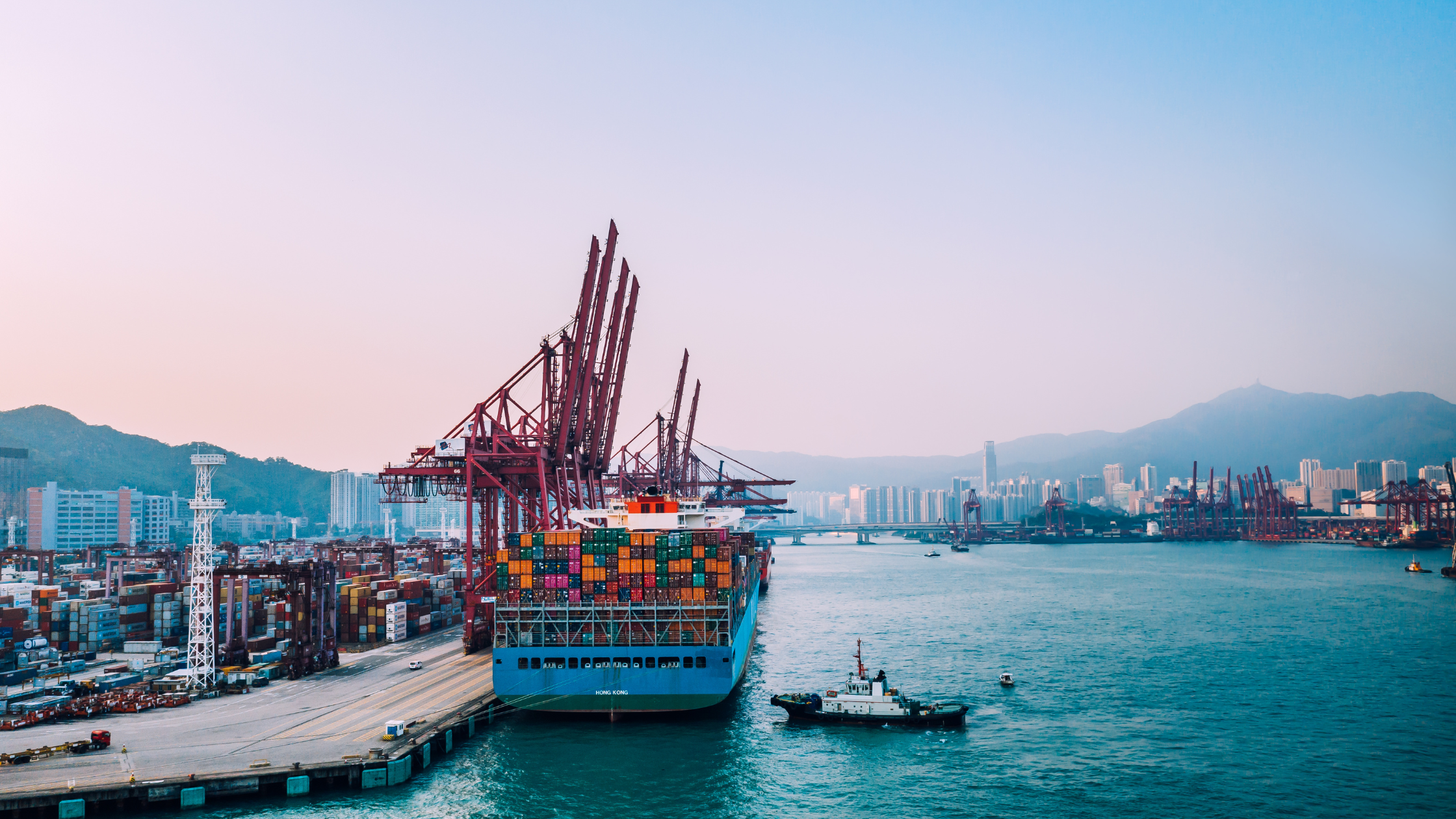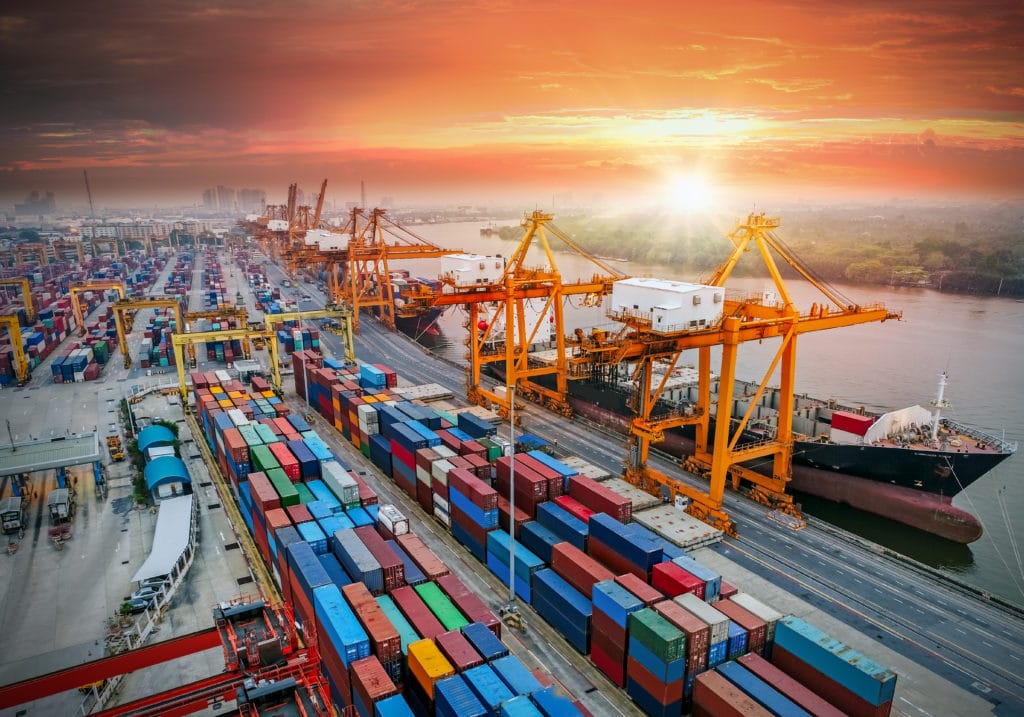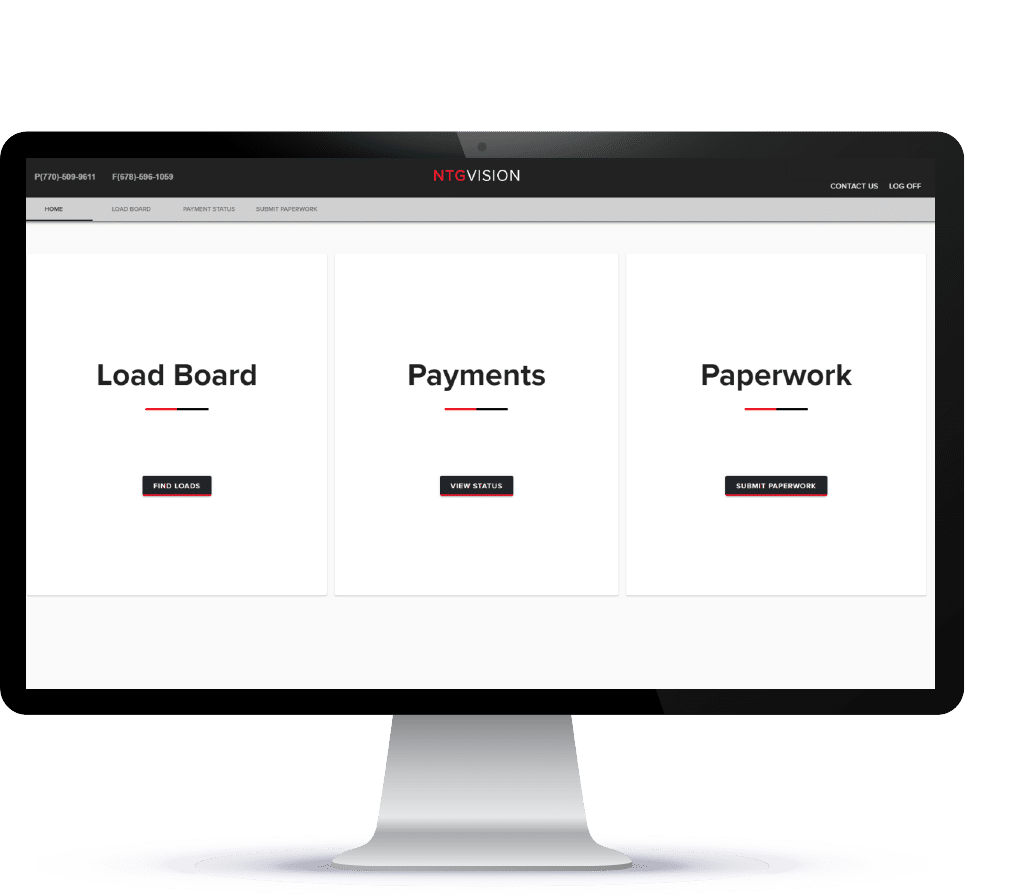6 TIPS FOR HOLIDAY WEEKENDS: HOW TO AVOID SHIPPING DELAYS
Jun 21, 2022
6 Tips for Holiday Weekends: How to Avoid Shipping Delays
After multiple “Shipageddons” or threats of one, Peak holiday season now looms every year as shippers’ greatest challenge. But Thanksgiving and Christmas are not the only holidays on the calendar.
In fact, holidays not associated with gift-giving—like July 4, Labor Day or Memorial Day—can trip you up even worse… because you’re not expecting shipping delays.
Here’s how you can avoid a delay in shipping over holidays and long weekends any time of the year:
1. Exchange Forecasts With Your Carriers
Whether you expect heavier-than-usual volume or not, highways can get jammed on long weekends. Connect with your carrier or broker to let them know your shipping plans for key dates. At the same time, ask them what they’re seeing from their end. Armed with that information, you can plan ahead. Treat your carrier or broker like the partner they are and let them be your eyes and ears to spot shipping delays before they happen.
2. Build Cutoff Dates Into Your Calendar
Don’t assume that the usual ship-by dates and transit times apply when holiday weekends are involved. Also, Guaranteed Services (to make a shipment High Priority) are not honored for loads or parcel shipments moved through holiday dates. Confirm these details when you book those loads; dispatchers may not notice the long weekend. Better to have a quick conversation before you ship than have a long one when a delivery is late.
Depending on the time of year and the geography involved, you might also want to check the weather forecast and build the possibility of delays or contingency plans into your schedule. While having redundant inventory may not be an option, when winter storms or other weather related delays occur, being able to get inventory to your customers becomes critical.
3. Make Your Shipping Operations a Well-Oiled Machine
This is the single best way to avoid shipping delays any time of year. By constantly refining your processes during normal periods, you will be better positioned to handle greater volumes or shorter weeks. Cross-training employees also becomes important as you bring in new staff for holiday or peak seasons.
4. Ship Early
If you plan ahead, you’ll be following this tip already. Now the question is: How early? The answer is: As soon as possible.
What’s possible will vary according to the load type. For example, perishables can’t go too early if they can’t be properly stored at the destination. Construction materials may have to wait until the right crew is scheduled to receive them. But if you foresee a possible delay in shipping, check with the consignee. They might prefer an early delivery to a late one.
5. Do Your Paperwork Even Earlier
Whether or not you can ship early, you can usually have all your paperwork ready. The more you have done before the truck arrives, the less time they’ll spend waiting.
Make sure all the paperwork is filled out completely. Some fields may get routinely overlooked during normal operations and get finalized at the last minute, so you’re not even aware that it’s happening. But in a holiday crunch, this can derail the schedule.
6. Have a Contingency Plan
Even the most buttoned-down system and reliable carriers are subject to the unexpected. With enough advanced planning, you should have flexibility to pivot to Plan B if the situation demands it.
While you can’t know—or even imagine—all the things that might cause a delay in shipping, you can do your best to prepare. For many shippers, Plan B can be backup or alternate carriers or using spot carriers for capacity. It could be advanced routing logic within a TMS (Transportation Management System) to avoid weather patterns and optimize routes. The best TMS’s allow for national, regional and even local coverage, across all lanes, for all load types: truckload, LTL, parcel and specialties like drayage, flatbeds or reefers.
For even more flexibility, consider connecting your TMS to a brokerage. Top tier brokers manage extensive networks of carriers, both large and small, and often have their own contracts that can provide capacity on demand at rates even lower than the spot market. Together, you can deal with virtually any shipping delays the holidays may throw at you.
And that is something to celebrate.
Recent Posts

Q2 2024 Transportation Outlook







